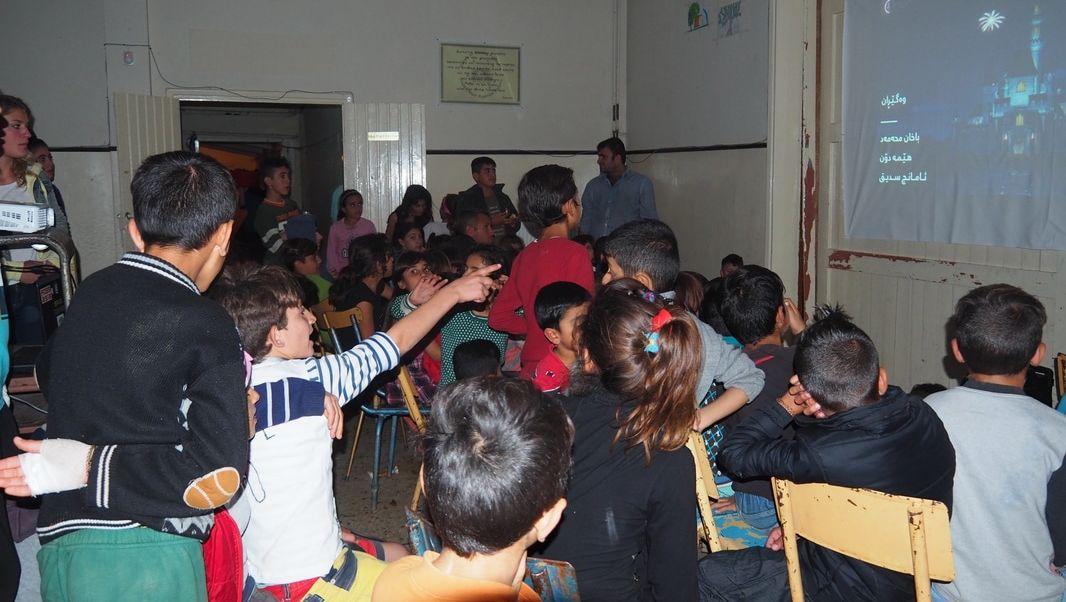The ancient Gaels believed that on October 31st, the boundaries between the worlds of the living and the dead overlapped and the deceased would come back to life and cause havoc such as sickness or damaged crops.
People believed that on this Day the souls of death people were allowed to come back. People were scared on the one hand and reverent on the other.
To pretend from ghosts and calm the dead souls people put on big fires and destroyed their houses. In front of their house they put carved turnips with lights inside. Here we have the origin of our creepy pumpkins today. As well the Celtics put on costumes to scare the ghosts. They thought if they dressed like wild animals with scary facial expressions, the spirits would think they were also dead and not harm them… In addition to that they brought sacrifices to calm the ghosts down. Trick-or-treating has its origin exactly from this. People were putting out treats and food to placate spirits who roamed the streets at Samhain.
In 9th century after Christ Europe was Christianised. But the Irish didn’t want to give away all of their traditions.
The pope created on first of November the day of “all hallows“. Hence the evening before was called “all hallows evening” -> “all hallows eve” -> Halloween
In 19th century Irish people immigrated to America and brought the tradition to America. During the years the traditions changed. For example the tradition of carving a turnip turned into carving a pumpkin in America…
Black and orange are typically associated with Halloween. Orange is a symbol of strength and endurance and, along with brown and gold, stands for the harvest and autumn. Black is typically a symbol of death and darkness and acts as a reminder that Halloween once was a festival that marked the boundaries between life and death.
Countries which celebrate most are USA, Canada, Germany, England, Ireland, Netherlands, Sweden, and Austria. In Greece nobody celebrates Halloween.
Today Halloween is the second highest grossing commercial holiday after Christmas… unbelievable…
by Charlotte S.



